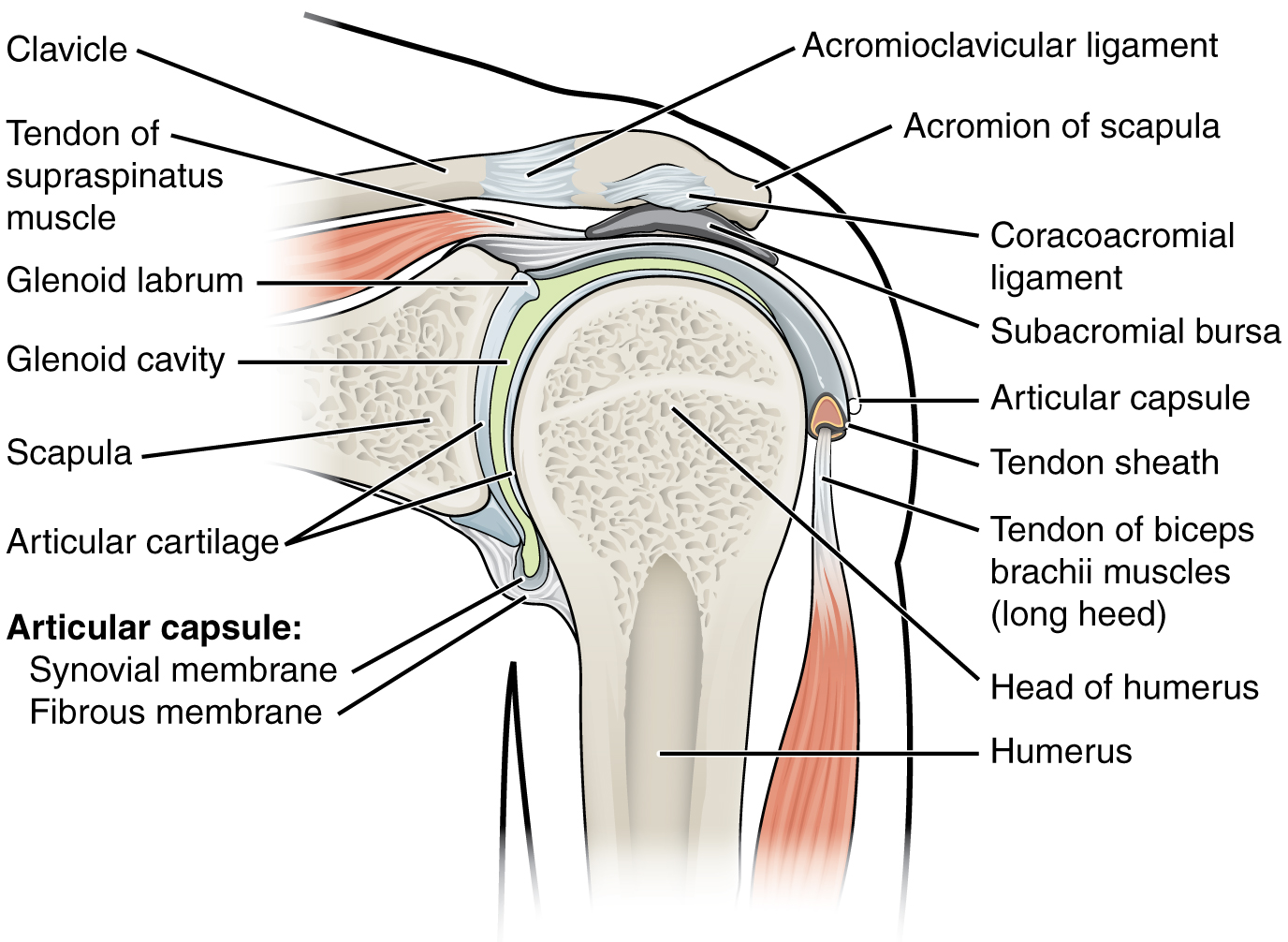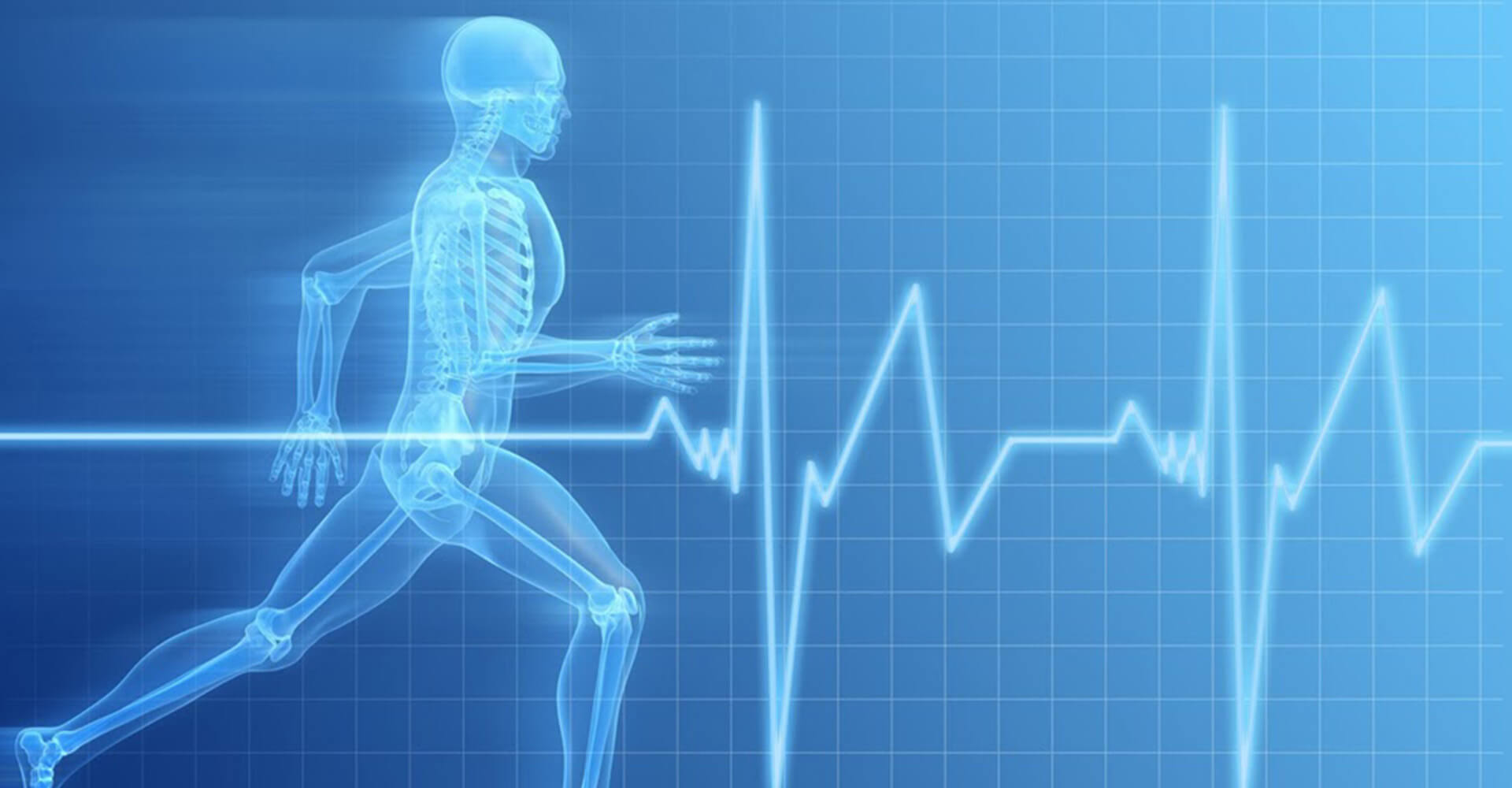The most flexible joint in the body is the shoulder. Such a large amount of flexibility increases the chance that one will injure one or both shoulders. Should a shoulder injury, necessary treatment could range from painkillers to surgery. In any case, if a person acquires a relatively severe shoulder injury, then a specialist should be contacted. The shoulder specialist in Seattle is just one example of many physicians who specialize in this complex joint.

Anatomy of the Shoulder Joint
There areВ three bonesВ that make up the ball-and-socket joint of the shoulder: the humerus (upper arm bone), the clavicle (collarbone), and the scapula (shoulder blade). The head of the humerus fits into the glenoid cavity of the scapula, so this part of the shoulder is called the glenohumeral joint. The acromioclavicular joint is where the clavicle and the acromion (a protrusion of bone on the top of the scapula). The other end of the clavicle articulates with the sternum (breastbone), called the sternoclavicular joint.
The bursa is a membrane that functions sort of like a sac, and it contains fluid. Bursa help to cushion the bones of the shoulder and lubricate the motion. There are four muscles that make up the rotator cuff: the supraspinatus, the subscapularis, the infraspinatus, and the teres minor. The muscles move bones with the help of tendons, and they provide movements like lifting the arm and swimming motions.
Common Problems Related to the Shoulder
Due to its flexibility, the shoulder is at a relatively high risk ofВ sustainingВ an injury. One of these injuries is a rotator cuff tear. This occurs when a muscle or tendon tears and is more likely to occur with more overhead movements and age. Tendinitis is an inflammation of a tendon in the rotator cuff, and it can occur the same ways a tear does.
When the head of the humerus slips out of the glenoid cavity, a dislocation has happened. This can also occur in a smaller way. The humerus will slide out of and back into the glenoid cavity with some movements. This condition is called shoulder instability. Shoulder osteoarthritis occurs when articular cartilage on the epiphyses (ends) of the shoulder bones wears down and the bones in a joint begin to rub together.В All these problems may cause pain, loss of motion, loss of range, weakness in the arm, or tingling in the arm, head, and neck.
Treatments
For many shoulder injuries, surgery is not necessary. In these cases, physical therapy will be used to regain lost motion and control. Immobilization may be a different form of treatment to allow tendons and muscles to heal. If pain is serious enough, then a doctor may prescribe pain medication.
In some cases, shoulderВ arthroscopyВ may be necessary. This surgery is minimally invasive and performed under general anesthesia, so the patient will be asleep. The surgeon uses a small camera and other small instruments to repair the shoulder’s damage.

